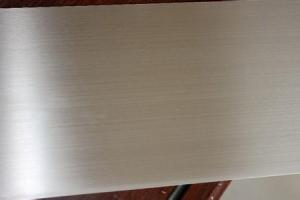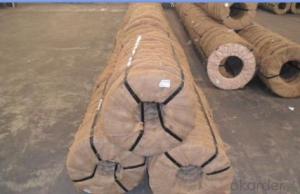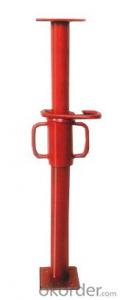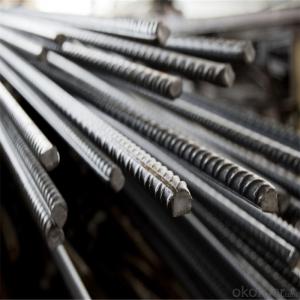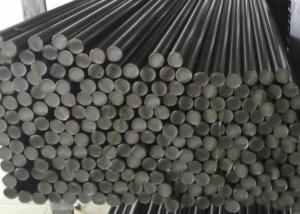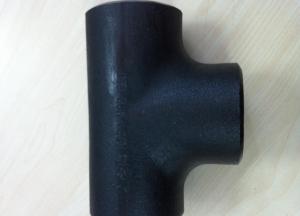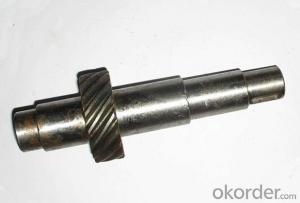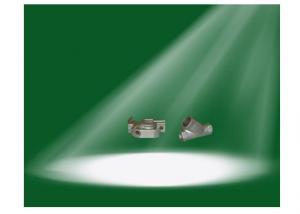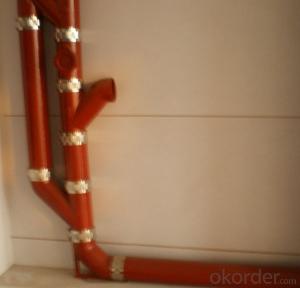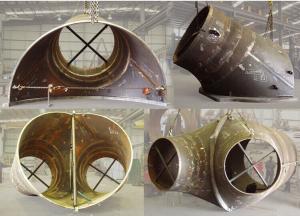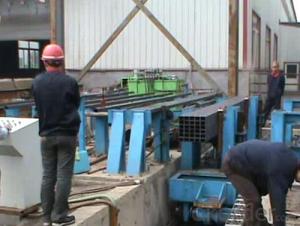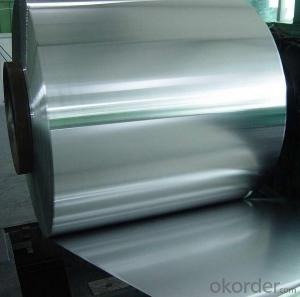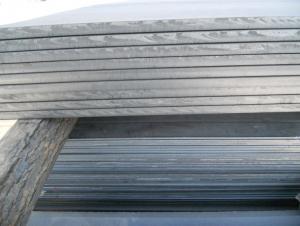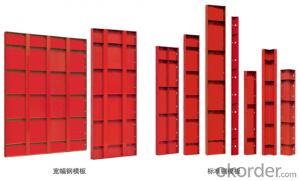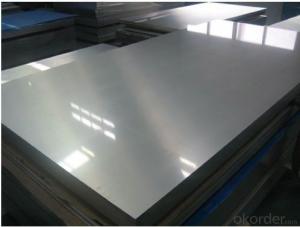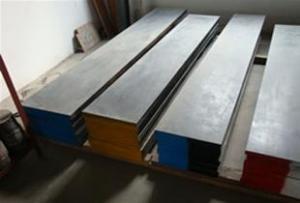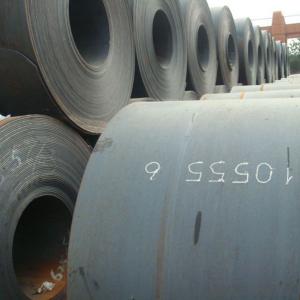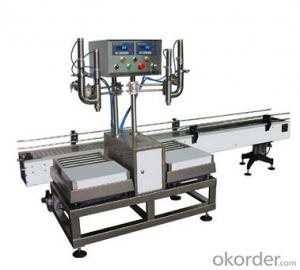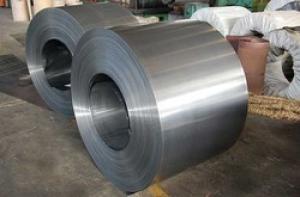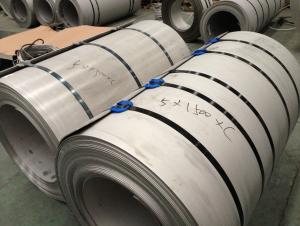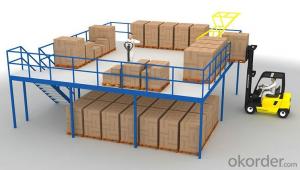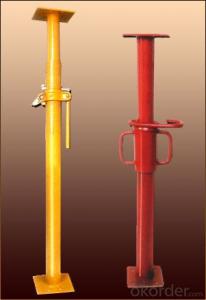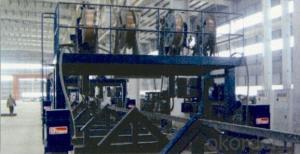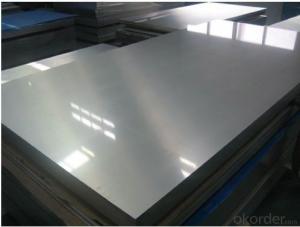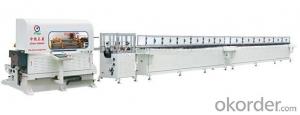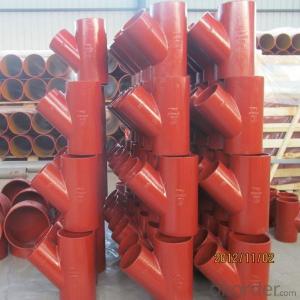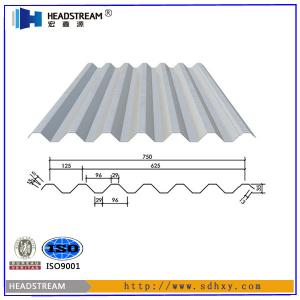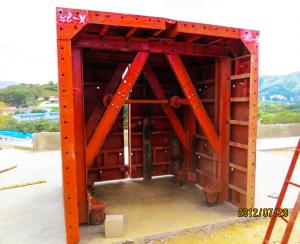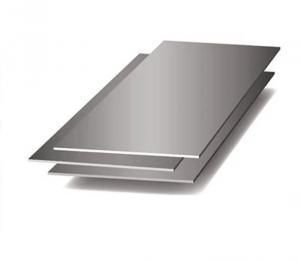Full Plate And Packing Steel
Full Plate And Packing Steel Related Searches
Wholesale Cutting Aluminum Plate Wholesale Aluminum Plate Stainless Steel Wholesale High Speed Steel Stainless Steel Wrapping Decorative Steel Plate Stainless Steel Plates All-Clad Stainless Steel Steel End Plate Aluminum Plate Wholesale Aluminum Plenum Plate Cold Rolled Steel Plate Hot Rolled Steel Plate Welding Thick Aluminum Plate Aluminum Sheet And Plate Wholesale Aluminum Diamond Plate Stainless Steel Cover Plates Large Aluminum Plate Welding Aluminum Plate All Steel Building Systems Forming Plate Forever Stainless Steel Allclad Stainless Steel Food Packing Painted Galvanized Steel Thick Aluminum Plate Steel Cooking Pans Stainless Steel Stamping Casting Stainless Steel 1/2 Aluminum PlateFull Plate And Packing Steel Supplier & Manufacturer from China
Full Plate And Packing Steel is a type of steel product that encompasses a wide range of steel materials, including flat steel, plates, and packing materials. These products are known for their durability and strength, making them ideal for various industrial applications. They are commonly used in the construction, automotive, and aerospace industries, where high-strength materials are required to withstand heavy loads and harsh conditions. Full Plate And Packing Steel is an essential component in the manufacturing of various structures and machinery, ensuring the reliability and longevity of the final product.The usage scenarios of Full Plate And Packing Steel are vast, as they are utilized in numerous industries for different purposes. In construction, they are used for reinforcing concrete structures, creating strong and stable foundations, and building load-bearing walls. In the automotive industry, these steel products are employed in the manufacturing of vehicle frames, chassis, and other critical components that require high strength and durability. Aerospace applications also rely on Full Plate And Packing Steel for the production of aircraft components, such as landing gear, engine casings, and structural supports. The versatility of these steel products makes them a popular choice for various applications, where performance and reliability are paramount.
Okorder.com is a leading wholesale supplier of Full Plate And Packing Steel, offering a comprehensive inventory of high-quality steel products to cater to the diverse needs of industries worldwide. With a vast selection of steel materials, including various grades and thicknesses, Okorder.com ensures that customers can find the exact product they require for their specific application. As a reputable supplier, Okorder.com is committed to providing exceptional customer service, competitive pricing, and timely delivery, making it a reliable choice for businesses seeking to source Full Plate And Packing Steel for their projects.
Hot Products
